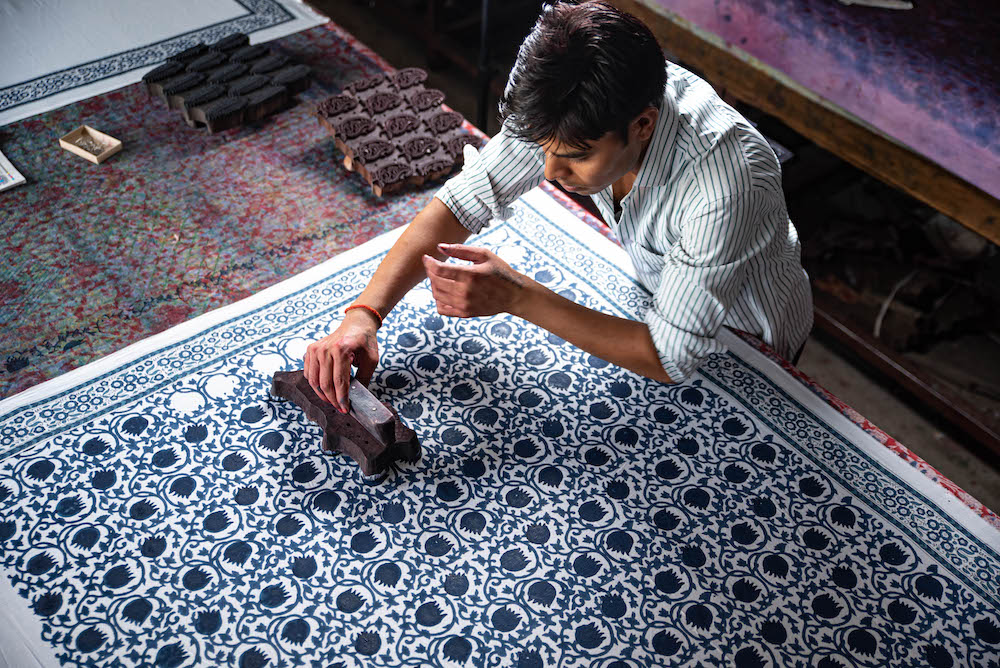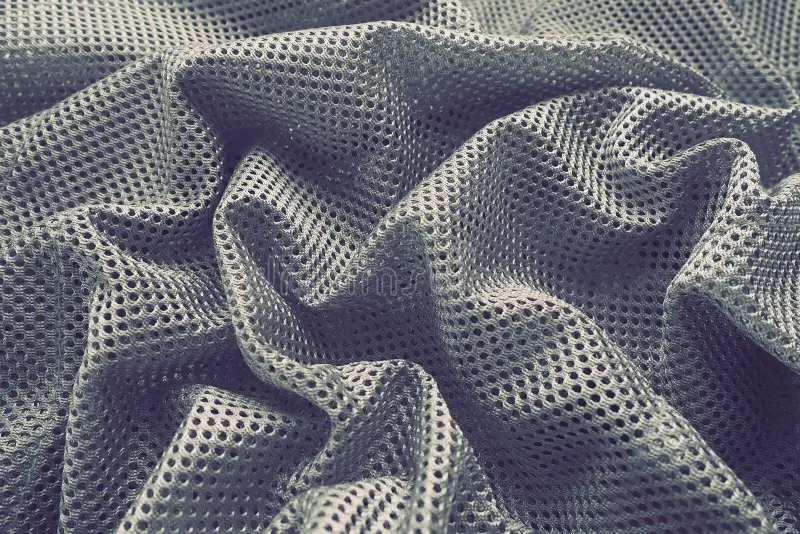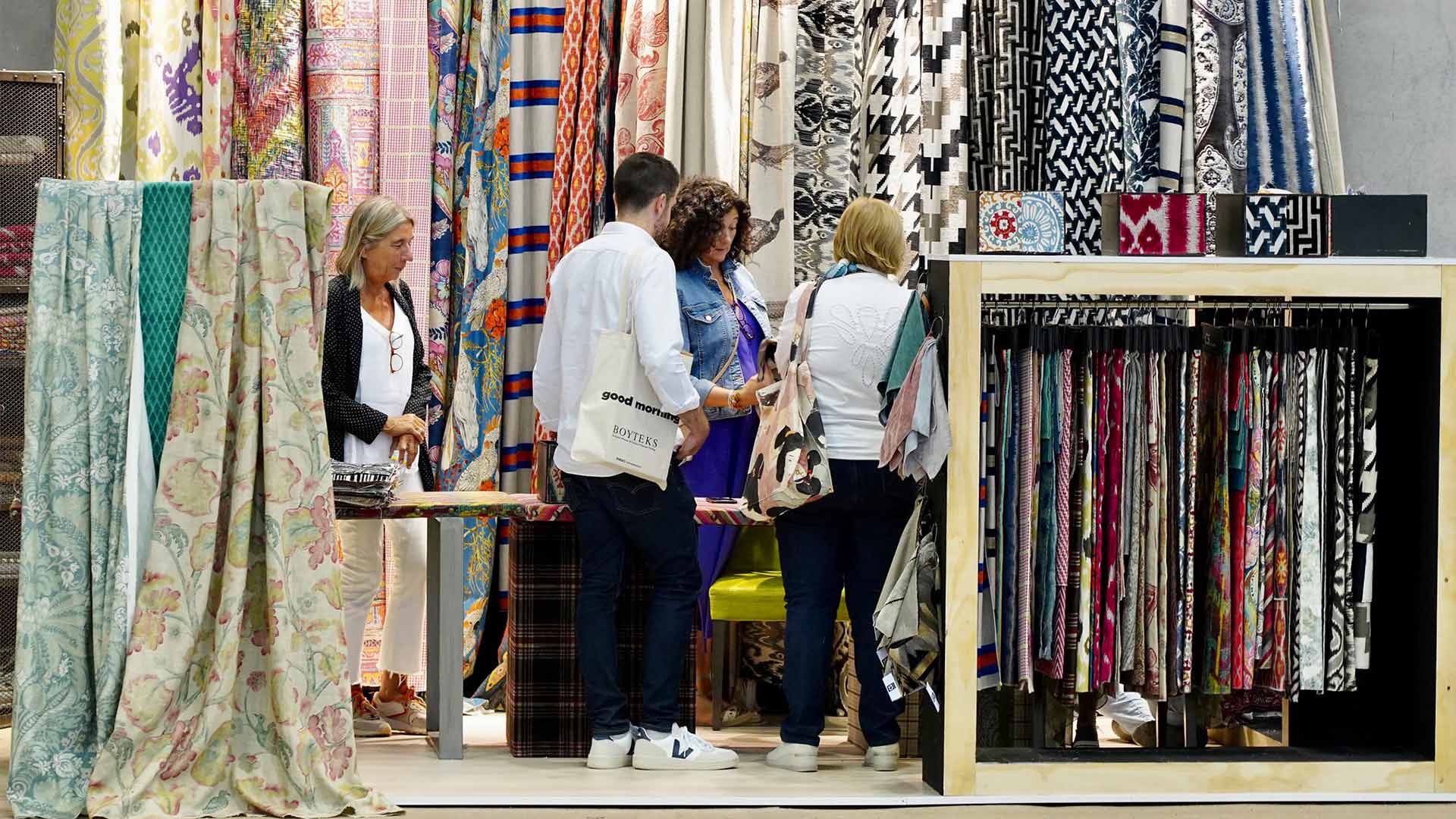In the dynamic world of interior design, textiles serve as the cornerstone of creativity and expression. These versatile materials bring life, color, and texture to every space they inhabit. In this blog, we will delve into the transformative power of textiles and how they redefine spaces with their aesthetic and functional prowess. From the lush softness of velvets to the rustic charm of jute, textiles offer a palette for designers to craft atmospheres that resonate with emotion and style. As we navigate through current trends, sustainable innovations, and the technological advancements shaping the future of interior textiles, we’ll discover how these fabric choices not only decorate but also dictate the mood and character of interior spaces.

1. Textural Diversity and Aesthetic Appeal:
- Variety of Textures: Textiles bring a unique textural element to interiors, from smooth silks to coarse linens, each adding a distinct touch.
- Color and Pattern: The choice of colors and patterns in textiles can dramatically alter the mood and style of a space. Whether it’s bold prints for a modern look or subtle hues for a classic feel, textiles offer endless possibilities.

2. Functional Versatility:
- Acoustic and Thermal Insulation: Textiles such as heavy drapes or rugs can provide acoustic insulation and thermal comfort, enhancing the functionality of a space.
- Furniture Upholstery: Upholstery textiles are crucial in interior design, offering both aesthetic appeal and durability for furniture.
3. Sustainable Textile Trends:
- Eco-Friendly Materials: As explored in “A guide to sustainable cloth materials,” there’s a growing trend towards using sustainable and eco-friendly textiles in interior design.
- Recycled and Natural Fibers: The use of recycled synthetic fibers and natural materials like organic cotton and linen supports environmental sustainability.

4. Technological Integration:
- Smart Textiles: The integration of technology in textiles, such as fabrics that can change color or texture, is gaining popularity in modern interior designs.
- Performance Fabrics: These technologically enhanced textiles offer additional functionalities like stain resistance and durability, ideal for high-use areas.

5. The Influence of Global Cultures:
- Cultural Textiles: Textiles from different parts of the world, with their unique patterns and techniques, can add a global touch to interiors.
- Artisanal and Handcrafted Textiles: Handcrafted textiles provide a sense of authenticity and heritage, making them a popular choice for adding character to a space.

6. Synthetic Fibers in Interior Design:
- Diversity in Applications: As discussed in “Understanding Synthetic Fibers: Types, Characteristics, and Applications,” synthetic fibers offer diversity in their application, from luxurious drapes to practical upholstery.
- Innovation in Textiles: The advancements in synthetic fibers have led to innovative applications in interior design, combining aesthetics with functionality.
7. The Importance of Fabric Sourcing:
- Quality and Variety: “A guide to fabric sourcing” emphasizes the importance of sourcing high-quality textiles to ensure durability and visual appeal in interior design projects.
- Customization and Personalization: With the right fabric sourcing, designers can achieve a higher level of customization, tailoring textiles to specific design needs and preferences.
Conclusion:
Textiles are an indispensable element in interior design, significantly influencing the ambiance, style, and functionality of spaces. For designers and decorators seeking high-quality, diverse, and sustainable textiles, locofast.com offers an extensive range of fabrics perfect for a myriad of interior applications. From sourcing eco-friendly materials to finding the latest trends in synthetic fibers, Locofast provides a comprehensive platform for all your textile needs in interior design.
